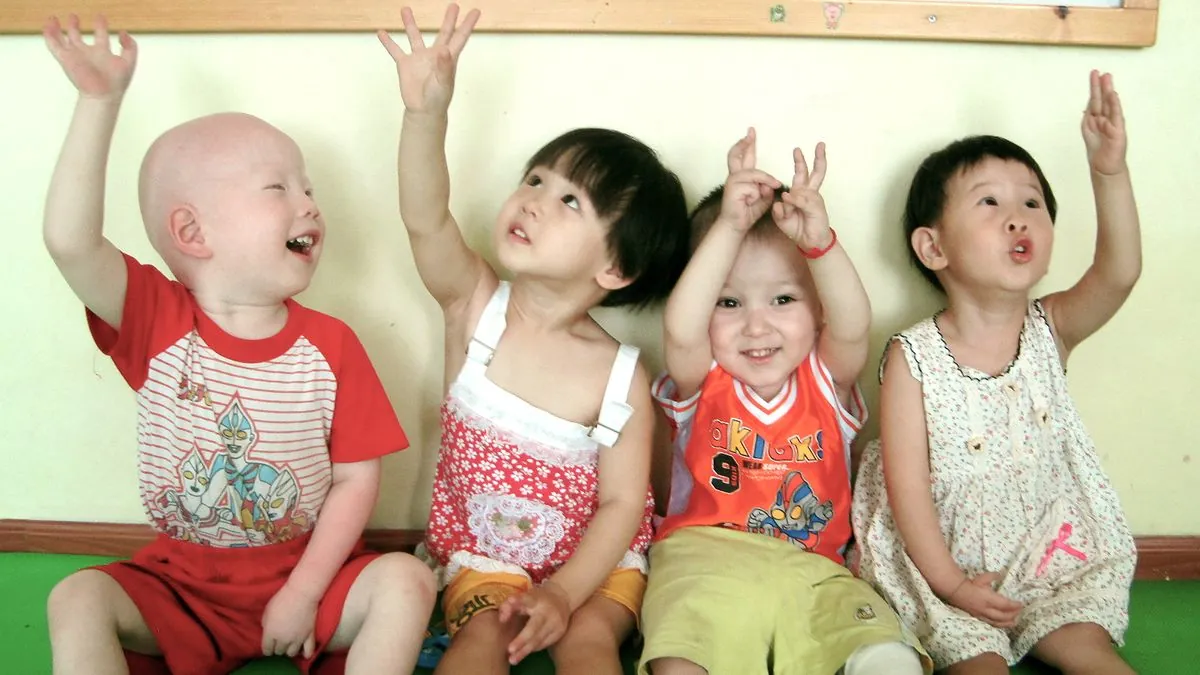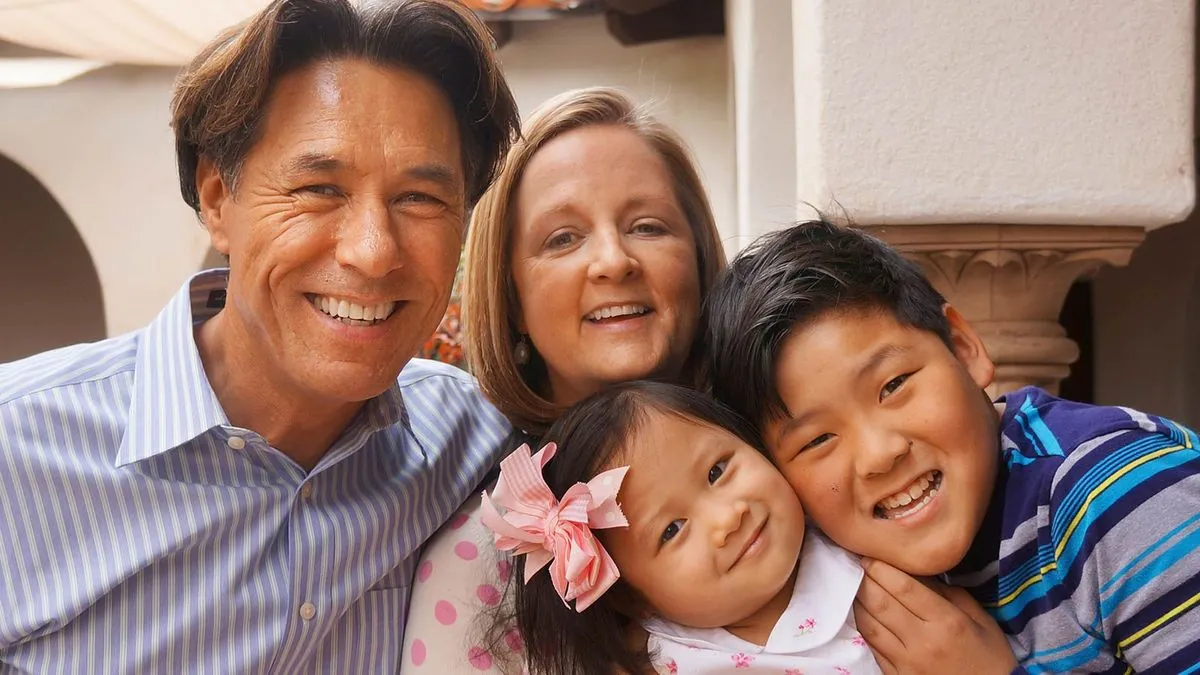China Halts Foreign Adoptions, Allows Only Blood Relatives and Stepparents
China has ended international adoptions for foreigners, with exceptions for blood relatives and stepparents. This decision follows a pandemic-induced suspension and reflects China's evolving adoption landscape.

China has implemented a significant change in its adoption policy, effectively ending international adoptions for foreigners, as announced by Mao Ning, a spokesperson for the Foreign Ministry. This decision marks a turning point in China's long-standing practice of allowing foreign adoptions, which has been a notable aspect of its child welfare system for decades.
The new policy allows exceptions only for blood relatives adopting a child or stepparents pursuing adoption. While the rationale behind this decision wasn't explicitly stated, Mao Ning indicated that it aligns with the spirit of relevant international conventions.
This shift comes after a period of suspension during the COVID-19 pandemic, which began in 2020. Prior to this announcement, China had partially resumed adoptions, but only for children who had received travel authorization before the 2020 suspension. The U.S. State Department reported that in the year ending September 2023, a U.S. consulate issued 16 visas for adoptions from China, marking the first such visas in over two years.
China's adoption landscape has undergone significant changes over the years. The country's one-child policy, implemented in 1979 and officially ended in 2015, had a profound impact on adoption trends. At its peak in 2005, over 14,000 Chinese children were adopted internationally. However, the number of international adoptions had been declining even before the pandemic, reflecting China's changing demographics and social attitudes.

The country has been actively working to improve its child welfare system and promote domestic adoptions. This shift is part of a broader trend, with China relaxing its family planning policies to allow three children per couple in 2016. These changes have contributed to an increase in domestic adoption rates in recent years.
It's worth noting that China ratified the Hague Convention on Intercountry Adoption in 2005, demonstrating its commitment to international standards in adoption practices. The country has had specific requirements for adoptive parents, including age, health, and financial status criteria.
The impact of this policy change extends beyond the immediate adoption process. Many Chinese adoptees have formed organizations to connect with their cultural heritage, and some have undertaken "heritage tours" to reconnect with their birth country. The "Waiting Child" program, which focused on placing children with special needs, has been an important part of China's international adoption efforts.
As China continues to evolve its approach to child welfare and adoption, this latest policy shift reflects the country's changing priorities and demographic realities. While it marks the end of an era for international adoptions from China, it also signals a new chapter in the country's approach to ensuring the well-being of its children.


































